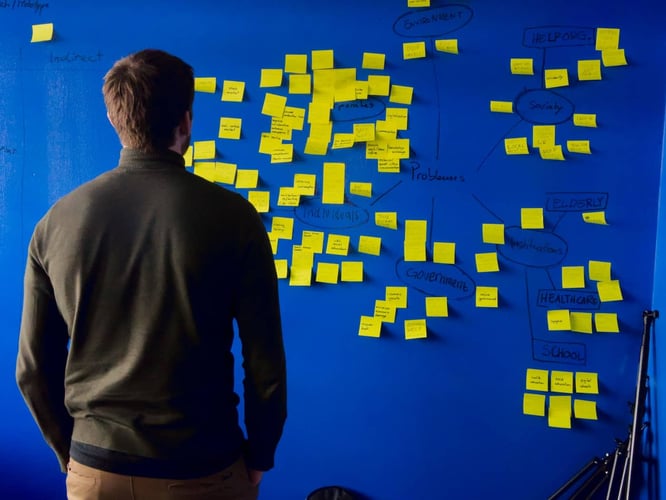Sometimes simply renaming old practices and products can create new wealth at the expense of incumbent practices. As web apps got renamed as SaaS, for example, companies like Hotmail nearly died while Salesforce.com went public and spawned an entire new product eco-system. That was even though much of the fundamental innovation was semantic. Similarly, gamification – using game-like rewards to encourage desired behavior in the workforce – is tried-and-true, but now also all the buzz.
The Price of a Good Game
From developing your product to hiring new employees, startups are constantly encouraged to use a “gamification” model. Where are the rewards? Where are the competitions? And while you’ll do what it takes to make your investors happy, who has the money?
As giants like Walmart, Cisco and SAP have entered the gamification space, the sticker price for adopting state-of-the-art gamification has multiplied. Badgeville, the industry leader, for example, starts its pricing at $3K to $5K per month. Badgeville, Bunchball and other tools for techniques that managers and teachers have been deploying for centuries (remember that primary teacher who gave you a box of candy for memorizing your multiplication tables?) are marketed as an exclusive offering or consulting service. The gamification market is expected to hit the $1.6 billion mark by 2015.
Prialto’s Gamification Strategies
At Prialto, we find the new focus on gamification compelling, and love the idea of using the latest technologies to encourage employee engagement. But we’ve also adhered to our philosophy of building process first and adopting new tools last. As a result, we’ve made a ton of progress on gamifying our own workforce without yet buying any expensive new technology. The best part? Gamification is especially well suited to a remote, cross-border workforce like ours. It absolutely does not have to be expensive.
Homemade Gamification for Employee Engagement
Prialto employs three primary methods of gamification with our overseas workforce, coupled with a comprehensive feedback loop. Each of these is designed to simultaneously encourage team-bonding and learning. Employees who engage and excel at these exercises have a strong incentive to continue training and teaching others. When any overseas employee reaches these goals, the results are visible and broadcast throughout all levels and offices of the company.
- Quarterly Bonuses: Our teammates receive quarterly bonuses based on whether they’ve achieved a company-wide quarterly learning and development target. To encourage workers to adopt our new wiki handbook, for instance, we created training materials and an online quiz on the topic. Bonuses are based on how many people have taken the quiz and how well they’ve done.
- COILS awards: Teammates nominate each other for a COILS award that shows the employee’s commitment to our company’s core values – Commitment, Ownership, Integrity, Learning & Service. Awards are announced in our monthly employee bulletins and our internal newsletter. Winners also receive a gift card as part of the award, and receive an electronic badge that’s depicted alongside their bio in our employee directory.
- Mentor program: Prialto assistants who have shown a strong commitment to their team and their position can apply to become mentors for new trainees. Being part of the mentor program comes with a badge icon designating the person as such.
Tips for Creating your Own HR Gamification Strategies
- Use Powerpoint or Word to create simple badges. A couple of Google searches for vector images and Microsoft’s native drawing tools should be more than enough. Just make sure that your badges are in line with your company’s values and brand. That, ultimately, is what gives them weight.
- Make sure that everyone in the company has equal access to the information they need to succeed. Are you quizzing folks on your corporate values or recognizing them for customer service? They should all be starting from the same baseline.
- Think about public spaces where the winners can be acknowledged and showcased. Does your coffee shop have a bulletin board or dedicated parking spots? Do you publish an annual report or monthly team newsletter? Does your website have space to present your team?
- Make the rewards something that your team would value. That doesn’t mean you need to spend hundreds of dollars on a gold watch. Instead, think about things around your office or available online or even just a dinner out with the founder. Kickstarter is a great place to get some creative ideas.
Once you’ve done all this, go out and find some neat new tools to enhance what you are already doing well. Doing this in reverse is like trying to configure your CRM before you’ve worked to define your sales process, or like raising a lot of money to build a product and, only then, going out to ask potential customers if they have a need for it. Good luck!
